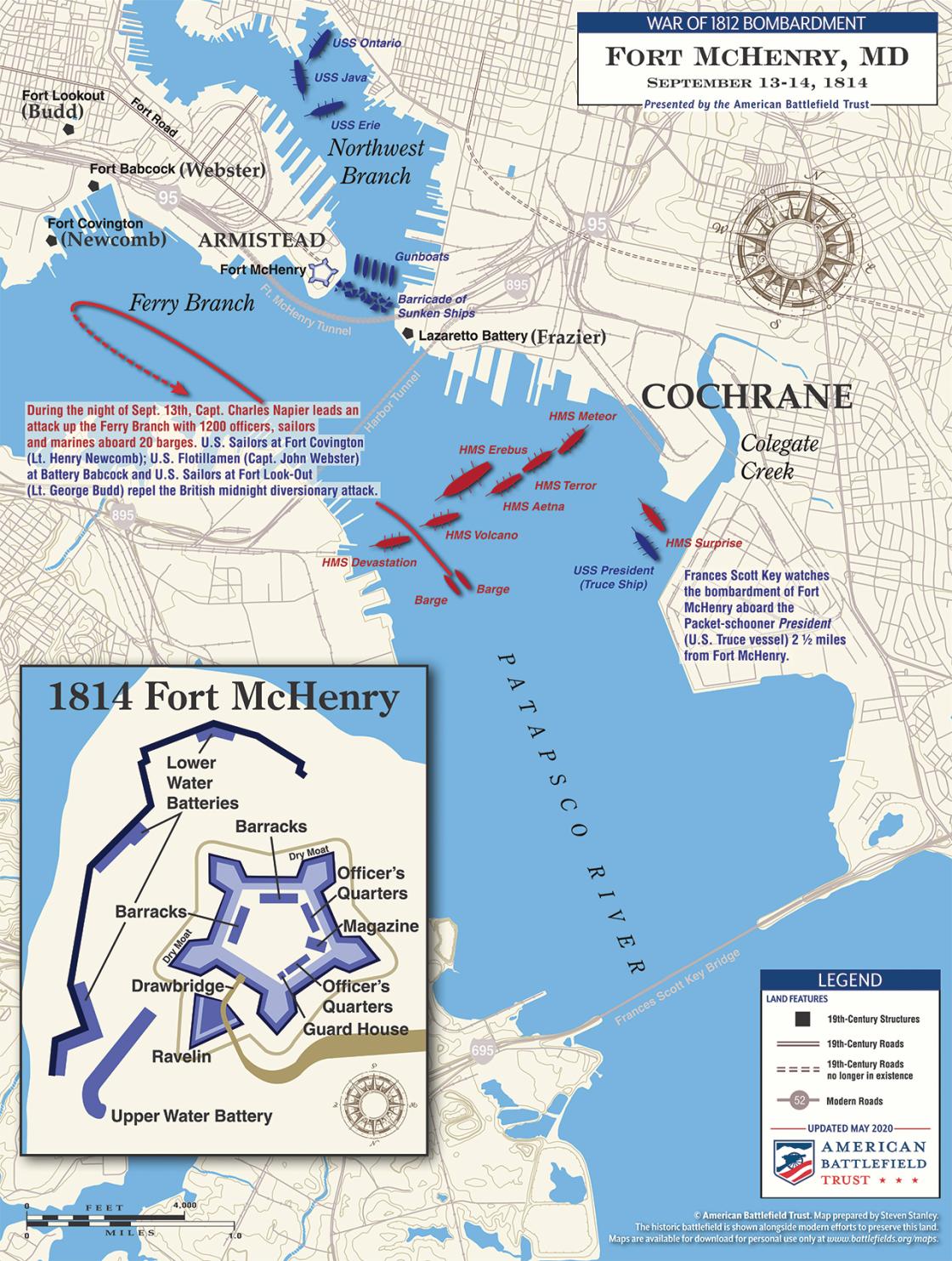For almost a decade, Alexander the Great and his army swept across Western Asia and into Egypt, defeating King Darius III and the Persians at the battles of River Granicus, Issus and Gaugamela. Next, despite the objections of the loyal army who had been with him since leaving Macedonia in 334 BCE, he turned his attention southward towards India. It was there, in 326 BCE, that he would achieve what many would consider as his last major victory, the Battle of Hydaspes (in modern Pakistan). In the view of one historian it would be Alexander at his very best - a fitting climax to his conquests of Greece, Asia Minor, Egypt and Persia. At Hydaspes he would meet a formidable opponent in King Porus, but more importantly, his military savvy would be challenged as never before by an unforgiving climate and a new, even larger foe, the elephant.
The Battle of Hydaspes has been viewed by many as an ambitious undertaking, beyond anything Alexander had ever done, but the young king understood that in order to continue his march across India he had to defeat King Porus. Alexander's initial march across India went relatively unchallenged, gaining a number of allies along the way. With the hope of avoiding a battle with the Indian king, he sent an agent to Porus seeking a peaceful resolution, but the proud king refused to pay tribute, telling Alexander that he would meet him in battle. He felt confident, believing his greatest defense lay in the river itself - over a mile wide, deep, and fast moving (unlike the river Granicus). By the time of Alexander's arrival it would be further swollen by the monsoon season and the melting snow of the Himalayas.
Timing of the Battle
Porus believed and hoped Alexander would have to either wait for the monsoon season to end before crossing or simply abandon his quest and leave. In preparation for the Macedonians' arrival, he stationed his army in a defensive position along the river and waited. While exact numbers vary, estimates place Porus with 20-50,000 infantry, over 2,000 cavalry, upwards to 200 elephants and more than 300 chariots. As in previous battles, Alexander would be facing an army that outnumbered him, something that never seemed to worry him. Unfortunately for Porus, he had underestimated the brilliance of the young Macedonian king.
As Porus had anticipated, Alexander made camp directly across from him on the west side of the Hydaspes and gave every indication he would wait for the monsoon season to end, even going so far as having large grain shipments sent in from his Indian ally King Taxila (also known as Omphis). But, in reality, he had no intention of waiting. In order to prepare for the inevitable battle, he had gathered support from many of the local rajahs including Taxila - a move Alexander had hoped would anger Porus. Alexander had also arrived at the Hydaspes well-prepared. Before marching into India, he had recruited additional troops from many of the Persian territories he had conquered, training them in the Macedonian style of fighting - a move that had angered the veteran Macedonian soldiers. Lastly, anticipating Porus' use of elephants, he added Scythian horse-archers.
https://www.worldhistory.org/article/660/battle-of-hydaspes/
With his death marking the start of the Hellenistic period, Alexander's legacy includes the cultural diffusion and syncretism that his conquests engendered, such as Greco-Buddhism and Hellenistic Judaism. He founded more than twenty cities that bore his name, with the most prominent being the city of Alexandria in Egypt. Alexander's settlement of Greek colonists and the resulting spread of Greek culture led to the overwhelming dominance of Hellenistic civilization and influence as far east as the Indian subcontinent. The Hellenistic period developed through the Roman Empire into modern Western culture; the Greek language became the lingua franca of the region and was the predominant language of the Byzantine Empire up until its collapse in the mid-15th century AD. Greek-speaking communities in central Anatolia and in far-eastern Anatolia survived until the Greek genocide of the 1910s and early 1920s as well as the Greek–Turkish population exchange of the mid-1920s. Alexander became legendary as a classical hero in the mould of Achilles, featuring prominently in the historical and mythical traditions of both Greek and non-Greek cultures. His military achievements and unprecedented enduring successes in battle made him the measure against which many later military leaders would compare themselves,[c] and his tactics remain a significant subject of study in military academies worldwide.[7]
https://en.wikipedia.org/wiki/Alexander_the_Great
The Battle of the Hydaspes was fought between Alexander the Great and King Porus in 326 BC. It took place on the banks of the Jhelum River (known to the ancient Greeks as Hydaspes) in the Punjab region of the Indian subcontinent (modern-day Punjab, Pakistan). The battle resulted in a Greek victory and the surrender of Porus.[a] Large areas of Punjab were absorbed into the Alexandrian Empire, and the defeated, dethroned Porus became reinstated by Alexander as a subordinate ruler.
Alexander's decision to cross the monsoon-swollen river—despite close Indian surveillance—in order to catch Porus's army in the flank has been referred to as one of his "masterpieces".[22] Although victorious, it was also the most costly battle fought by the Macedonians.[23] The fierce resistance put up by Porus and his men won the respect of Alexander who, after the battle, asked Porus to become one of his satraps.
The battle is historically significant because it resulted in the exposure of ancient Greek political and cultural influences to the Indian subcontinent, yielding works such as Greco-Buddhist art, which continued to have an impact for many centuries.
https://en.wikipedia.org/wiki/Battle_of_the_Hydaspes






















































































